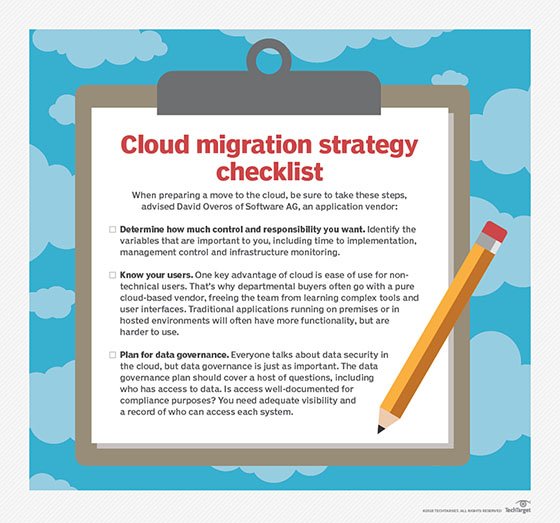
WavebreakmediaMicro - Fotolia
How do cloud data centers affect network bandwidth requirements?
When deciding which applications to move to a cloud data center, enterprises should consider network bandwidth requirements and latency, among other factors.
More enterprise workloads are moving to cloud providers -- both public and private -- where the physical workload resides outside the on-premises data center. As this trend continues, network bandwidth requirements may change.
In the past, IT teams viewed bandwidth as something tied exclusively to their networks, but that is changing. With any off-premises access, an application's overall performance will be influenced by a number of variables, many of which are outside of the company's control.
Internet service providers, carriers and other service providers are becoming a larger piece of the puzzle because they control all the levers between the company and their applications, as adequate bandwidth must be provided every step of the way. In these instances, companies spend more time managing bandwidth for applications at the data center edge, as they don't want generic web surfing or music streaming to bog down their critical corporate applications that sit off premises.
How to accommodate changes in network bandwidth
As companies try to deal with network bandwidth requirements for off-site cloud applications, they can do several things to accommodate the change in strategy, including the following:
- Better application coding. When building applications that run exclusively on premises, IT professionals expect adequate bandwidth, which enables applications to grow in size over time. But when access is only available through a firewall, IT will have to use smaller and more efficient applications, which demand more careful programming.
- Better traffic analysis. As a company migrates its applications off premises, it is important to manage both inbound and outbound traffic in order to maintain the best quality of service for those business-critical applications.

- Better application management. Along with managing traffic, it is important for IT to understand which applications can be hosted off premises and which should still be run on premises. Bandwidth and latency are two of the largest determinants. High bandwidth applications hosted off site may create too much traffic for the firewall, which can affect the overall performance of all the applications. It may make more sense to host the applications in an on-premises private cloud.
- Multiple hosting locations. With the larger cloud providers offering multiple cloud data centers, some businesses may choose to run multiple instances of an application from two or more locations in order to reduce the effect of distance-related bandwidth and latency issues.








